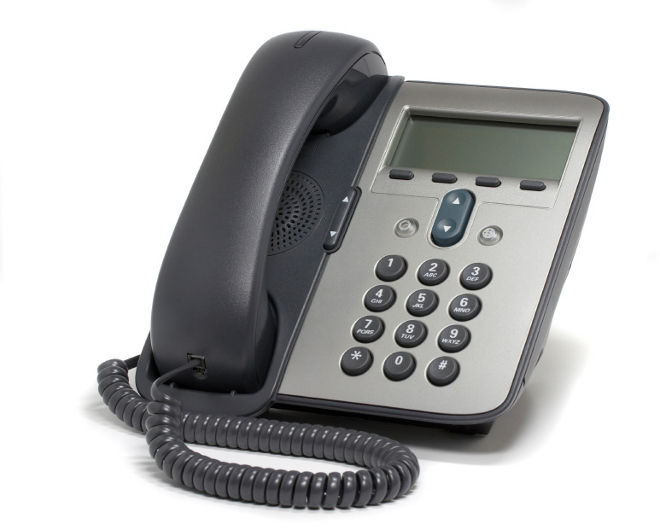The SSSCA Model to Telephone Etiquette

Have you heard the saying, “put a smile in your voice?” well that sentiment rings true when we interact via telephone with our clients, business associates or anyone on the receiving end of our tone. I use the word ‘tone’ particularly because even though we are not engaged in a face to face interaction with the individual or machine on the other end of the telephone, one can very easily and clearly detect the character of the conversation based on the tenor within the voice.
The SSSCA Model to telephone etiquette is not new to the training landscape on this topic, however has been simplified for the nature of this discussion. It is a basic model that can be used within organizations desirous of reminding employees of the basic minimum to maintain when answering the telephone.
After all, it must also be emphasized that this interaction, in many instances is the first point of contact for the business or organization, and as such, the old adage that first impressions count must be remembered – regardless of whether these first impressions are face to face or via the telephone.
However, let us get to the SSSCA model. The first ‘S’ refers to the need to smile before answering the telephone. I touched on this in the opening, however, it is important to re-emphasize. Smiling encourages the rest of the body to follow the pattern of releasing the positive energies. Even if the smile starts off as not being genuine, eventually and involuntarily it becomes real. One need not have the perfect Duchenne Smile [genuine expression of positive emotion] to obtain the desired effect of transferring a sense of welcome to the receiver on the other end of the telephone.
The second ‘S’ refers to salutation. Immediately after the smiling reception, it is proper etiquette to state the greeting and salutation of the day, for example, “Good morning”, “Good Evening” etc. ensure that your tone is clear and that your speech is audible and distinct. Always remember you are representing your organization.
The third ‘S’, refers to self. Every organization will have their own policies with reference to telephone etiquette, however the standard and acceptable norm, is to identify yourself to the person on the other end. It is useful as the caller would know to whom they are speaking. After you have identified yourself, immediately identify your company, which refers to the ‘C’ in the model. The identification of the company of which you represent is important to give the caller the courtesy of knowing that they called the correct place.
Finally, it is your responsibility to ask of the caller how can you be of assistance, which is the ‘A’ in the SSSCA model. A simple, well executed question of ‘how can I be of assistance?’ places the caller at ease with the reception, as well as presents a good platform for continued discussion and perhaps even a solid framework to want to continue to inquire more from a business perspective.
As simple as this SSSCA model presents itself, on many occasions we hear of tales where the model certainly is not practiced, where corporate telephones are answered with little regard to the caller attempting to obtain information. In conclusion, the SSSCA model can be used as a simple but effective framework for the development of the service ethic resident within most organisations, as many time we oft take the simple things for granted, and loose or basic common courtesies in the process.



















